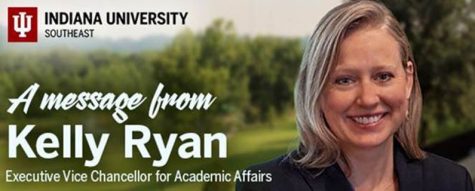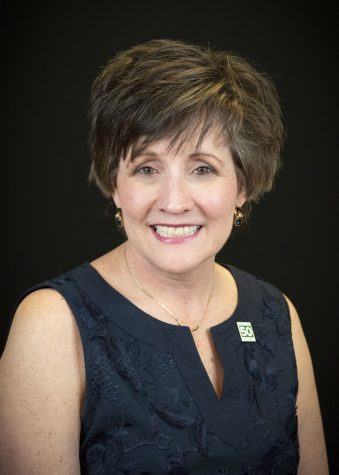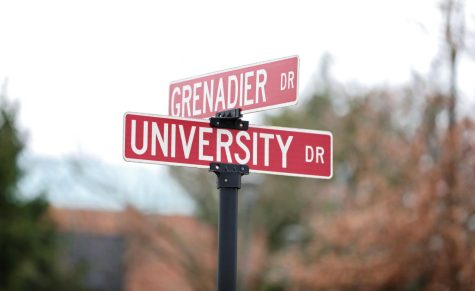Financial aid counselor weighs in on how to handle student loan refunds
September 28, 2014
Each year, students can apply for federal aid and scholarships through IU Southeast’s financial aid department. Many students receive aid that will not only cover tuition expenses, but they also receive an amount greater than what their tuition is.
Leslie Turner, financial aid counselor, explains how a student should and should not use that extra aid.
Turner said that when a student applies for financial aid on the FASFA, they are required to sign a paragraph at the end of page eight.
“It says that if you are the student applying for this application, you certify that you will use the federal and state student financial aid only to pay cost of attending an institution of higher education,” Turner said.
Turner also said that when students sign that paragraph, they agree to only use the refund amount for school related expenses and cost of attendance. Students can learn more about what is included in cost of attendance at www.studentaid.gov.
Turner added that a student’s financial aid refund is not intended to be used as extra money for things such as a concert. She said its use is to help students support their lives so they can attend school.
Jessica Walker, biology freshman, said that she is using her refund of $4000 to help pay for her life expenses.
“I had a lot of grants so it worked out really well,” Walker said. “Aside from tuition, I have set aside about $2000 to pay rent for my apartment through the end of the semester and I got my first round of groceries and got to pay my electricity bill.”
Kristin Nichelson, communications senior, said she uses her refund for things necessary for her school education, like her laptop and car.
“I would pay my insurance with the refund money and I would also use it for gas” she said. “You could look at it as ‘that’s not school related, it’s not tuition or books or school supplies,’ but at the same time, you do need a car to get to school.”
Some students take on a heavy class load and also work outside of school. Turner said that many students struggle with balancing school and work because they think they need to work more to make extra money sometimes have to drop classes. However, Turner said students don’t realize that when you drop a course, it can dramatically affect the refund amount a student receives.
“What we say instead is, ‘you have a refund. Use the refund to supplement your income and your life expenses and reduce your hours at work,’” Turner said.
Some may question, are there any gray areas when it comes to what students can use the money for? Turner’s answer is no. For example, when it comes to a car, federal and state aid can be used for repairs. However, there is no gray area where it states in the FASFA that it cannot be used to purchase a new vehicle.
Turner also advised that if students receive a refund amount larger than they need to spend, that they should put that money away in a savings account where they can continue to accumulate the refund each year.
Students can learn more about how to budget and spend their financial refund wisely by using the personal counseling on financial budgeting offered by the financial aid department.












